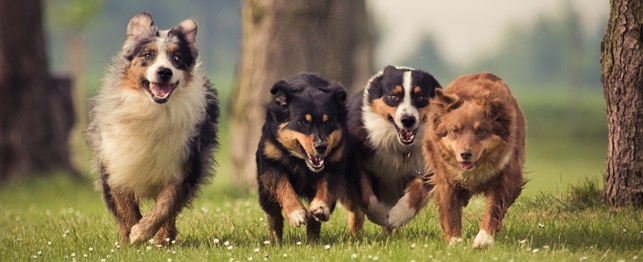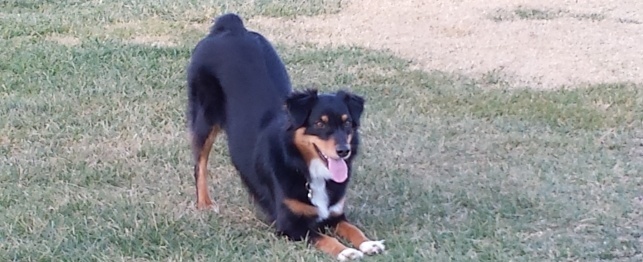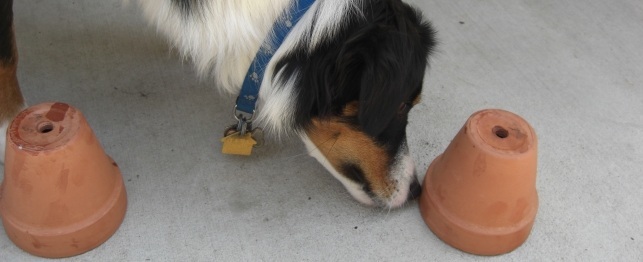Playing and cuddling with your brand new little puppy may cause you to forget just how big your dog might be in just a few short months. Brand new puppies can grow to be forty and fifty pounds or even up to one hundred pounds or more, depending on the breed, of course. Keep in mind, while the behavior of a dog at a young and small age, may seem sweet and cute at this time in its life. There some actions like jumping up and placing their front paws on your body as well as others that will not even be funny when the dog is full grown and large enough to knock someone over.
It is essential for learning proper manners for adulthood, to begin training your puppy as soon as you have a puppy. Puppies are very smart and learn quickly, if they have no proper training, puppies generally go about leaning things on their own. Consequently, this leaves many dog owners wondering why their dog does not behave as it should while it ages.
Long ago, puppy training did not begin until a puppy was six months old, because of the cruel and harsh methods of punishment for not learning was too hard on smaller or younger dogs. Dog trainers at that time only trained puppies that were old enough to withstand the orientation.
Keep in mind that at a puppies growth that at six months, they are larger as well as psychologically tenacious. This means that a six-month-old puppy is willful enough to ignore commands, thereby being generally challenging for training.
Modern Methods and Better Training
Happily, dog training has evolved over the years, as professionals in dog training have adopted procedures for puppies that are more loving and friendly. Today you will find that most trainers accept eight to ten week old puppies into their socialization classes and puppy kindergartens.
Gone are the negative reinforcements of the traditional methods, now dog training teaches with a positive support. Puppies learn a great deal from training, such as how to relax while giving and taking their paw in a polite greeting. They also learn their basic commands of come, sit, stay and lie down. Puppies are even learning to walk calmly on a leash. Such positive reinforcements with simple instructions and other helpful techniques are useful in dog training.
Today Dog Owners Are Actively Involved In Training
Interestingly, more and more dog owners have actively involved themselves in training their own puppies. This one aspect has made a noted difference in the training and behavior of a dog.
This is a credit to some extent to the availability of a great many dog training manuals and other publications. Dog training programs today center along the psychological studies of animal behavior and temperament as well as scientific principles.
Dog owners now make use of simple puppy training programs and techniques such as luring and clicker training.
Clicker Training
Clicker training involves using a small tool that creates a clicking sound when pressure is applied. Upon hearing this particular sound, the dog understands that soon a treat is coming, the dog then repeats the action or behavior it learned to associate with in its training. The dog associates the clicking sound with the treat that is an offer for its performance.
Luring Training
Luring training is simple; it uses a treat or a toy, to lure the dog into displaying a particular behavior in trade for the luring object.

 Parks & Recreation: 7 Tips for Enjoying Dog Parks
Parks & Recreation: 7 Tips for Enjoying Dog P
Parks & Recreation: 7 Tips for Enjoying Dog Parks
Parks & Recreation: 7 Tips for Enjoying Dog P
 MORE Games That Delight Dogs
MORE Games That Delight Dogs
MORE Games That Delight Dogs
MORE Games That Delight Dogs
 Games for Dogs: Bobbing for Biscuits
Games for Dogs: Bobbing for Biscuits
Games for Dogs: Bobbing for Biscuits
Games for Dogs: Bobbing for Biscuits
 Playing Charades with Your Dog
Playing Charades with Your Dog
Playing Charades with Your Dog
Playing Charades with Your Dog
 Flower Pot Scenting Game for Dogs
Flower Pot Scenting Game for Dogs
Flower Pot Scenting Game for Dogs
Flower Pot Scenting Game for Dogs